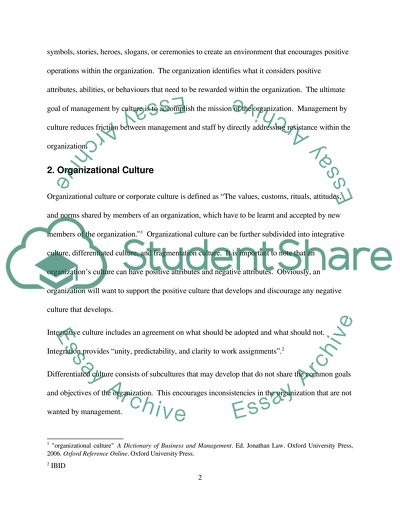Cite this document
(“Management by culture is another way of exercising control in Essay”, n.d.)
Management by culture is another way of exercising control in Essay. Retrieved from https://studentshare.org/miscellaneous/1506205-management-by-culture-is-another-way-of-exercising-control-in-organizations-critically-discuss-this-statement-with-reference-to-issues-of-power-and-resistance
Management by culture is another way of exercising control in Essay. Retrieved from https://studentshare.org/miscellaneous/1506205-management-by-culture-is-another-way-of-exercising-control-in-organizations-critically-discuss-this-statement-with-reference-to-issues-of-power-and-resistance
(Management by Culture Is Another Way of Exercising Control in Essay)
Management by Culture Is Another Way of Exercising Control in Essay. https://studentshare.org/miscellaneous/1506205-management-by-culture-is-another-way-of-exercising-control-in-organizations-critically-discuss-this-statement-with-reference-to-issues-of-power-and-resistance.
Management by Culture Is Another Way of Exercising Control in Essay. https://studentshare.org/miscellaneous/1506205-management-by-culture-is-another-way-of-exercising-control-in-organizations-critically-discuss-this-statement-with-reference-to-issues-of-power-and-resistance.
“Management by Culture Is Another Way of Exercising Control in Essay”, n.d. https://studentshare.org/miscellaneous/1506205-management-by-culture-is-another-way-of-exercising-control-in-organizations-critically-discuss-this-statement-with-reference-to-issues-of-power-and-resistance.


